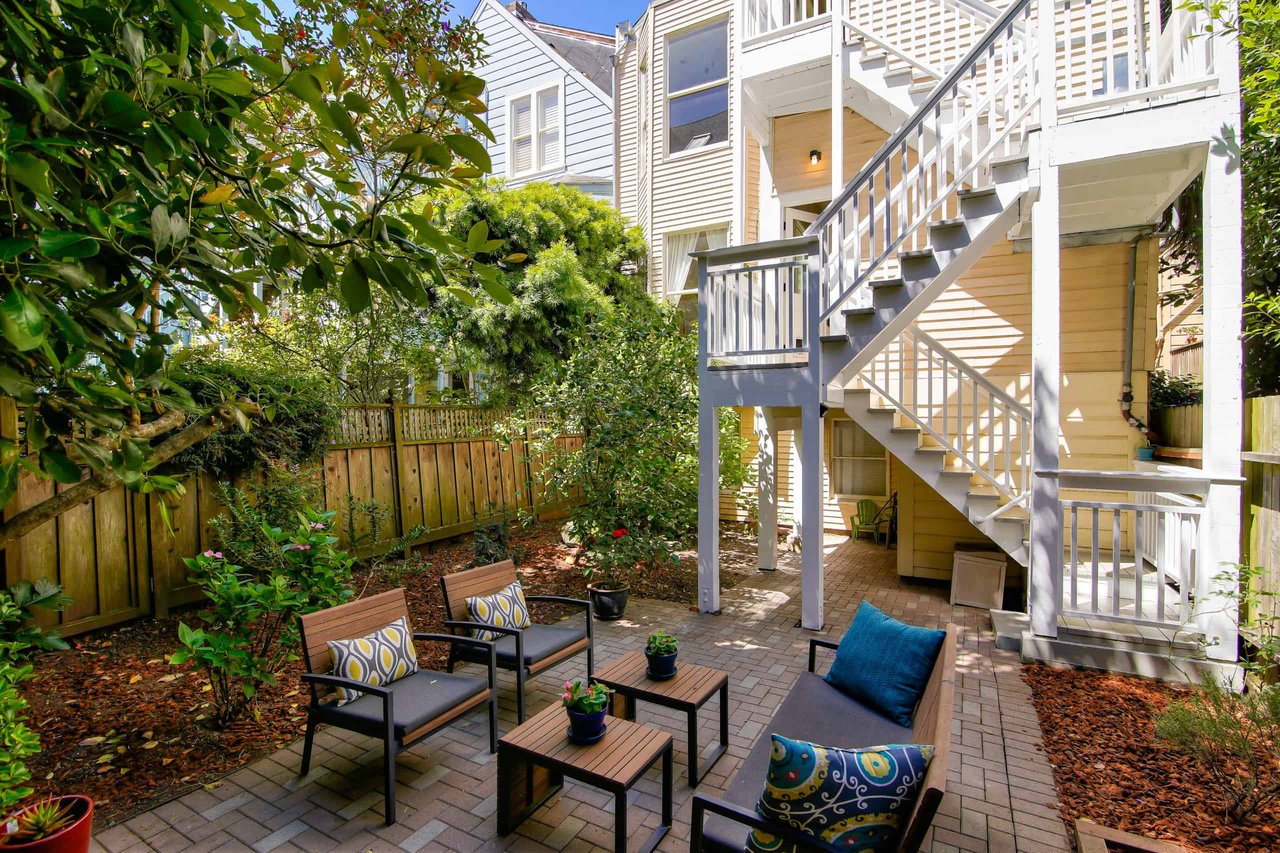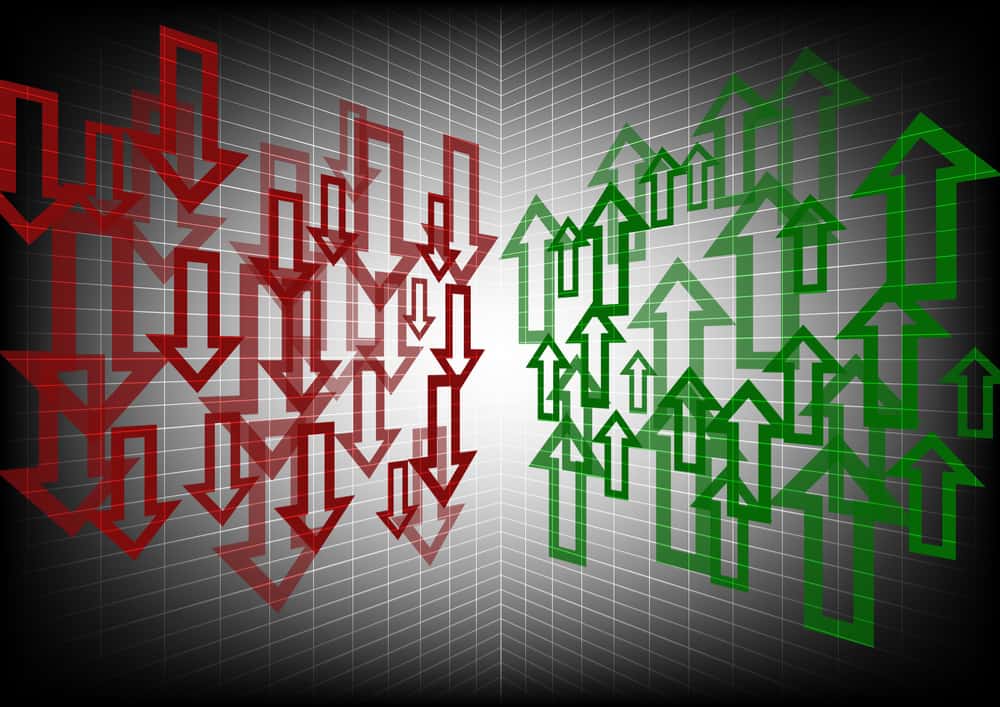San Francisco November '24 Real Estate Update Ascend RE
Ascend RE November 22, 2024
San Francisco

Ascend RE November 22, 2024
San Francisco

The median single-family home price rose 7.7% month over month, while condo prices increased 9.2%. We expect prices to contract over the next three months, which is the seasonal norm.
Total inventory declined 11.0% month over month, as new listings declined and sales spiked, which is common for San Francisco in October. We expect inventory to decline and the overall market to slow through January 2025.
Months of Supply Inventory (MSI) declined in October. Currently, MSI remains under three months of supply for single-family homes, indicating it’s still a sellers’ market, while condo MSI continues to indicate a buyers’ market.
In San Francisco, home prices haven’t been largely affected by rising mortgage rates after the initial period of price correction from April 2022 to August 2022. Single-family home prices peaked at $2.05 million in April 2022 as mortgage rates rose rapidly; $2 million homes are simply far more affordable with a 4-5% mortgage than a 6-7% mortgage. Because of the relatively high prices of homes in San Francisco, prices had to come down to keep buyers in the market. Since August 2022, the median single-family home and condo prices have hovered around $1.6 million and $1.1 million, respectively. Year over year, the median price was up 6% for single-family homes and 12% for condos. More sellers came to the market in September and buyers rushed in, pushing up prices. Inventory is so low that rising supply only increases prices as buyers are better able to find the best match.
High mortgage rates soften both supply and demand, but home buyers and sellers seemed to tolerate rates near 6% much more than around 7%. Mortgage rates fell significantly from May through September, but rose significantly in October. Now, rates are far closer to 7% than 6%, so we expect sales to slow starting in November.
In October, sales spiked, following the September surge in new listings. New listings nearly doubled from August to September, largely contributing to the 52% increase in sales from September to October. In San Francisco, a significant number of new listings tend to hit the market in January and September in any given year. Compared to this time last year, sales are up 18%, while inventory is down 13%.
Total inventory has trended lower essentially since 2010, but active listings fell precipitously from October 2020 to December 2021, as sales outpaced new listings, before stabilizing to a degree from January 2022 to the present at a depressed level. Low inventory and new listings, coupled with high mortgage rates, have led to a substantial drop in sales and a generally slower housing market. Typically, inventory begins to increase in January or February, peaking in July or August before declining once again from the summer months to the winter. In 2023, sales didn’t resemble the typical seasonal inventory peaks and valleys. It’s looking like 2024 inventory, sales, and new listings will follow historically seasonal patterns, albeit at a depressed level. Supply will remain tight until spring 2025 at the earliest.
Months of Supply Inventory (MSI) quantifies the supply/demand relationship by measuring how many months it would take for all current homes listed on the market to sell at the current rate of sales. The long-term average MSI is around three months in California, which indicates a balanced market. An MSI lower than three indicates that there are more buyers than sellers on the market (meaning it’s a sellers’ market), while a higher MSI indicates there are more sellers than buyers (meaning it’s a buyers’ market). The San Francisco housing market tends to favor sellers, which is reflected in its low MSI, at least for single-family homes. MSI has been below three months since October 2023 for single-family homes. From May to August, MSI declined meaningfully. In September, MSI jumped significantly higher as new listings spiked. However, in October, sales jumped and MSI fell. Currently, condo MSI indicates a buyers’ market, while single-family home MSI still implies a sellers’ market.
After the election of Donald J. Trump, bond prices increased in anticipation of his expected policy positions. Interest rates are the most significant factor financially in purchasing a home for most buyers, and as we’ve seen over the past two years, higher rates translate to lower sales.
From October 1 – November 7, the average 30-year mortgage rate rose 71bps, landing at 6.79%. The Fed cut rates by 50 bps in September and another 25 bps during the Fed’s November 6-7 meeting.
Sales declined 1.0% month over month, falling to the lowest level in modern history, while inventory rose to its highest level since 2020. The spike in mortgage rates should further slow the market in the winter months.
Recent
Browse our blog posts to be in the know.





Provided Courtesy of Ascend Real Estate

Provided Courtesy of Ascend Real Estate

Provided courtesy of Ascend Real Estate



Welcome to our September newsletter, where we’ll discuss residential real estate trends in the East Bay and across the nation. This month, we’ll examine the state of t… Read more





The Big Story What to expect when you’re expecting inflation Quick Take: The number of homes sold in 2021 is set to be one of the highest on record. Inflation reached … Read more



Welcome to our September newsletter, where we’ll discuss residential real estate trends in Silicon Valley and across the nation. This month, we’ll examine the state of… Read more








Welcome to our September newsletter, where we’ll discuss residential real estate trends in San Francisco and across the nation. This month, we’ll examine the state of … Read more


As we end another crazy year, we are very grateful our kids are finally fully vaccinated, and a return to some sense of normalcy is in view. We are especially looking … Read more

















Summer is here, and so are the boozy slushies, all-you-can-eat tacos and double cheeseburgers





The Big Story Where can home prices go from here? Quick Take: Home prices appreciated faster in 2021 than at any other time, even surpassing the 2004–2006 housing bubb… Read more








No doubt 2021 Bay Area housing markets was one of the wildest in recent memory! Our local real estate experts will share their year-end analysis of San Francisco, East… Read more










Welcome, welcome, welcome to 2022. Low inventory here in San Francisco gave us Realtors® a short respite. I took advantage of the slowdown and spent some time tailgati… Read more



Happy Autumn! With all the harvest festivals, this is one of my favorite times of year. My kids love the pick-your-own pumpkin activities, and we look forward to our a… Read more





Welcome to our October newsletter, where we’ll explore residential real estate trends in the East Bay and across the nation. This month, we examine the state of the U.… Read more







Friends and Clients enjoyed our October 23, 2021 event at 1856 15th Street, San Francisco

Welcome to 2022. Low inventory and year end gave us Realtors® a short respite. We took advantage of the slowdown to celebrate the holidays with family. We took the opp… Read more


Welcome to our October newsletter, where we’ll explore residential real estate trends in the Greater Bay Area and across the nation. This month, we examine the state o… Read more




With the new year, there are lots of changes but still the same challenges. With this comes anxiety and frustrations. What is for certain is that it’s your family’s jo… Read more




What a difference a year makes. This time last year, for the sake of safety, we sat outside in the pouring rain with our loved ones to celebrate the Asian Lunar New Ye… Read more

Welcome, welcome, welcome to 2022. Low inventory here in San Francisco gave us Realtors® a short respite. We took advantage of the slowdown to celebrate Chanukah as a … Read more

I’m feeling particularly thankful this November. As pumpkins give way to turkey and cornucopia, we are enjoying lots of family time. I am especially looking forward to… Read more

Spring has sprung and the market is feeling a lot luckier!

What does the Spring market have in store for us?


2021 was a challenging year for many of us (myself included). Many of us were waiting for 2022 to push the reset button on many (if not, all) aspects of our lives. … Read more
You’ve got questions and we can’t wait to answer them.